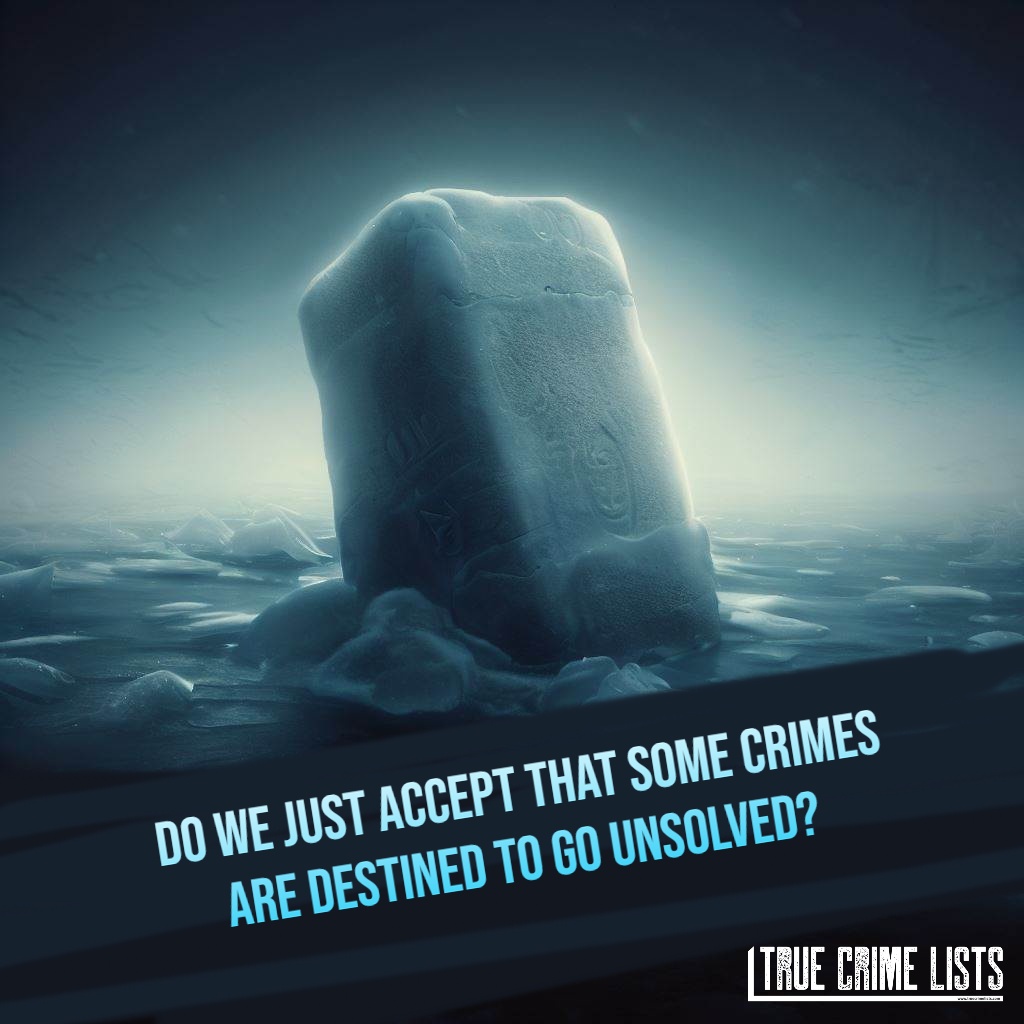It bugs the hell out of me why this has not been solved.
Mr. Angry and the London Nail Bombings
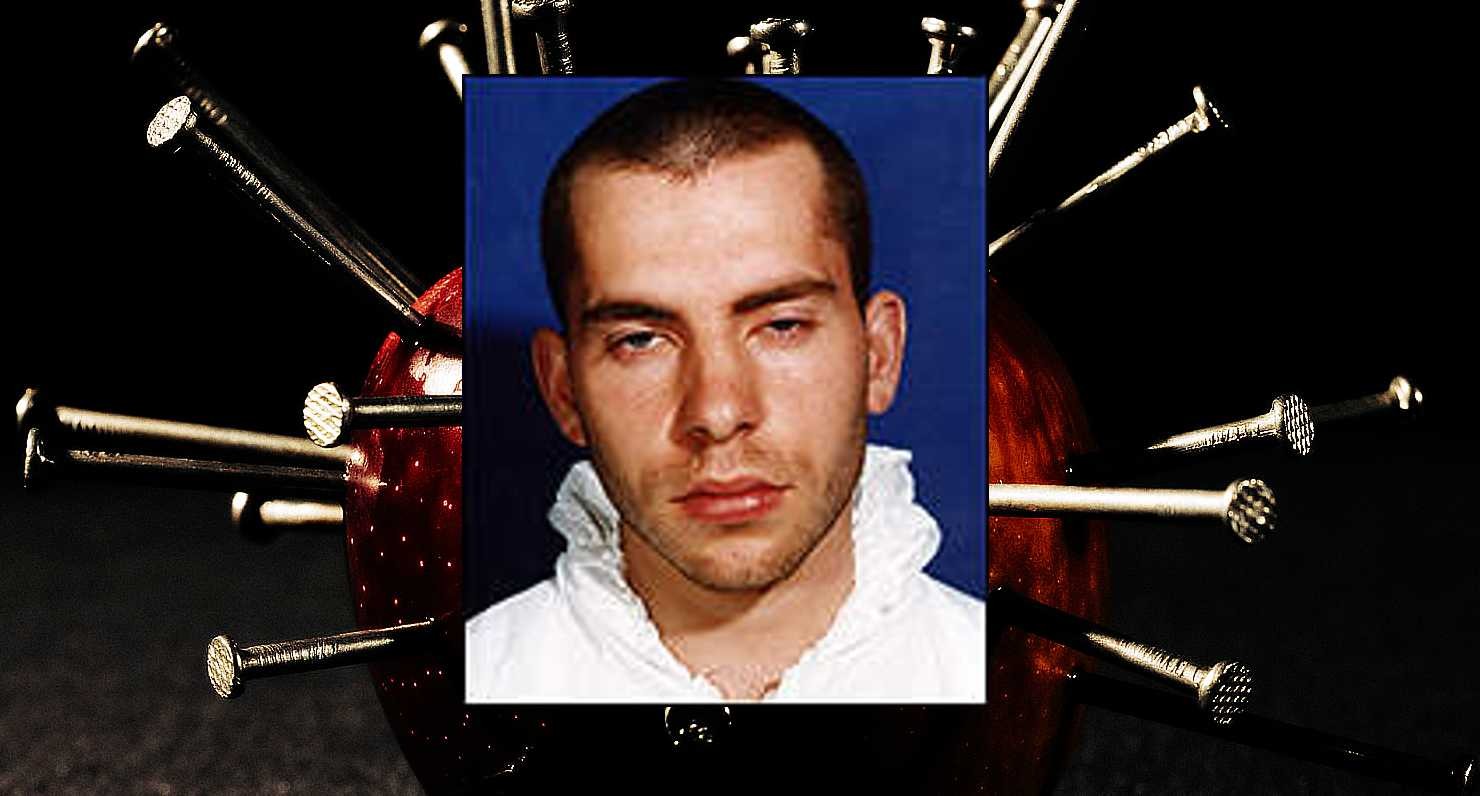
Across a two-week period in the Spring of 1999, three nail bombs exploded across London, leaving three dead and 140 injured, and a suspect who wanted to set fire to the country and start a race war.
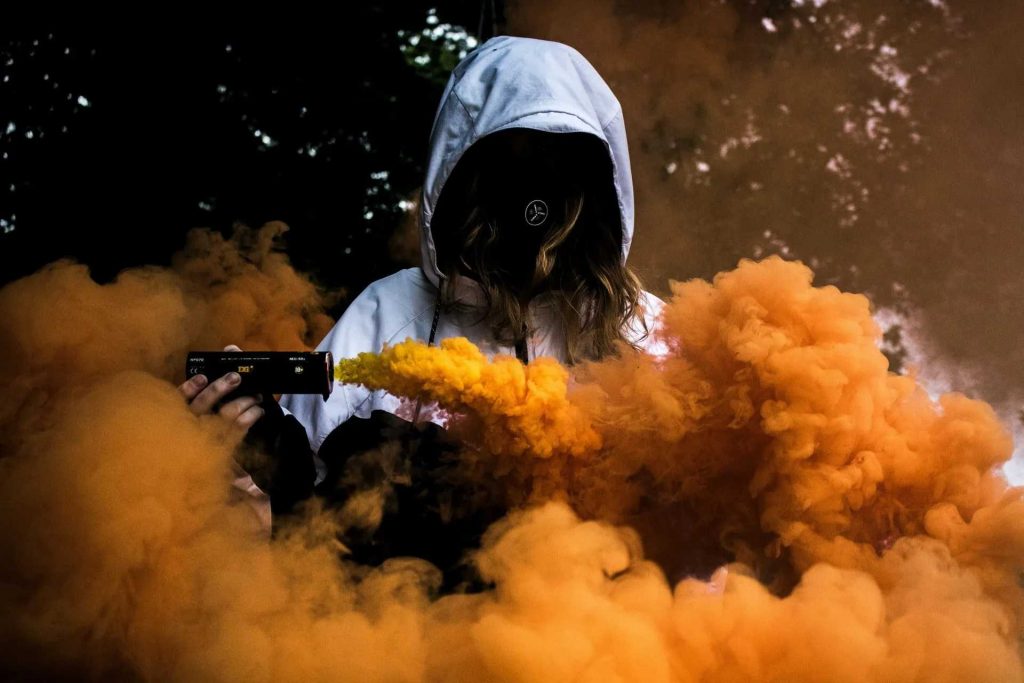
In the late afternoon of Saturday 17th April 1999, as many people were walking through Brixton Market in Electric Avenue, London, a loud, deafening blast, like a huge gust of wind blew out the windows from surrounding buildings. A bomb, containing thousands of four-inch nails had exploded, injuring 48 people.
It was the start of a bombing campaign that left three people dead and 140 people physically injured with four people losing limbs. In the aftermath of the Brixton bombing, people were found lying on the ground screaming for help, with one man having suffered glass wounds and over 30 nails embedded in his legs.
A two-year-old boy was left with a nail lodged in his brain, as the force of the explosion had sent the nail flying towards his head. X-rays showed the nail was completely embedded in his head but fortunately the boy survived after an operation was successful in removing it.
In a bizarre twist of fate, the bomb could have been prevented from going off. The bomb was made by using explosives from fireworks which were taped inside a sports bag. Traders at the market, noticed a man acting suspiciously when he dropped the bag at the back of one of the market stalls in the busiest section of the street.
One of the traders moved the bag to a less-crowded area and called police but two other traders moved it again, worried about what was inside. A 5.25pm, as police were closing in on the markets, one of the traders opened the bag, and the bomb went off. The explosion was so powerful, it destroyed a car on the other side of the street.
This and FOURTEEN other true crime stories and mysteries can be found in Orrible British True Crime Volume Four.
Brick Lane
1999 Britain was a little different than it is today, and at the time, immediate suspicion fell on the IRA (Provisional Irish Republican Army), who had been responsible for various bombings throughout the country over the years.
Yet, the style of bomb and location it had gone off, discounted the IRA from the attack. Suspicion then fell on right-wing terrorists but none could be found.
Two days later, the neo-Nazi terrorist group, Combat 18, claimed responsibility in a phone call to police and the press. Combat 18 was founded in 1992 by the British National Party (BNP) to protect its events from anti-fascists. The group were later linked to various deaths of immigrants and non-whites and are said to still have links to similar groups in Canada.
The claim of Combat 18 was discounted by police almost immediately as a false one – which it was. The police ploughed through miles of CCTV footage on videotape attempting to track the bomber. Investigators then suspected the motive of the attack was racism, due to Brixton’s importance for the African-Caribbean community.
A week later, on Saturday 24th April, the bomber struck again in Brick Lane, in the East End of London. The main market in Brick Lane, an area known as the capital of the Bangladeshi community, is on a Sunday but the bomber mistakenly thought it was on a Saturday. The similarly created bomb was placed in a Reebok sports bag and placed near a wall close to the markets on Hanbury Street.
A local man spotted the bag and assumed it was lost property, so he placed it in the boot of his car and went to the local police station which was shut. The man then parked his car outside number 42 Brick Lane. While he was on the phone to police, the bomb exploded and injured 13 people, severely damaged several vehicles, and blew out the windows of many buildings along the street.
READ NEXT: The 2013 Boston Marathon Bombings: Rundown of the Facts
London was on edge
Had the bomb been left at its location on the Sunday, and not been spotted, then it may have resulted in many deaths. One of the men injured in the Brick Lane bomb was walking along the street when he witnessed car doors flying into the air like paper.
A four-inch shard of glass hit him in the head and he fell to the ground, only to awake in a pool of blood with people running scared in all directions.
London was suddenly on edge, as the second bomb had confirmed it was not a standalone incident. Police put various communities on alert and told the public to be suspicious of anything that seemed out of place, and not to approach any bag left in the street.
On Thursday 29th April, police released CCTV footage from the Brixton bombing of a man they believed was the suspect behind the attacks. He was seen dropping the bag then walking away. The press release came with an unusual warning that gay bars could be the next intended locations of an attack.
Despite the race-hate links to the Brixton and Brick Lane bombings, investigators were adamant that the gay community would be next – and they were right.
The release of the photo caused the bomber to bring the date of his attack forward by one day to Friday 30th April. 90 minutes before the final attack, an anonymous man called the police and claimed to have recognised the man in the footage as a former colleague of his, David Copeland. Police rushed to find out where Copeland was and what he was intending to do but it was too late.
The Admiral Duncan Pub in Old Compton Street, Soho, was packed as it was a Friday evening and the beginning of a long bank holiday weekend. People were outside on the street drinking and crowds were sandwiched into the pub. At 6.37pm, the heart of London’s gay community was ripped apart by a massive explosion.
Admiral Duncan
Just a few minutes before the explosion, Copeland had walked into the pub and dropped a sports bag near to the bar. Some of the patrons noticed the bag and informed the manager. As the manager went to investigate the bag, the bomb was detonated.
The Admiral Duncan was ripped apart with the force of the explosion, and 1,500 four-inch nails were sent flying into patrons and people walking past the pub. Three people were killed in the attack, Andrea Dykes, 27, John Light, 32, and Nick Moore, 31. Andrea had recently been married, and her husband was injured in the bombing.
79 people were severely injured, with four of them needing to have limbs amputated. One of the patrons who was near the bag at the time, Jonathan Cash, remembered touching the bag with his foot as he was ordering a drink. He thought to himself that it might have been a bomb but believed those type of things happened to other people.
He was holding his drink in his hand when the bomb exploded. The table next to him had completely vanished and the next thing he knew, he was on his hands and knees on the street outside the bar. He found himself staring into a shop window, unable to recognise himself due to the bomb debris and injuries he had sustained.
Shockingly, he noticed a girl in her twenties exit a nearby pub with a pint of beer in her hand. She was apparently shouting homophobic slurs towards the destroyed Admiral Duncan and was overheard saying that she wanted to get a better view of the injured. The woman has never been identified, which was probably best, for her own safety at the time.
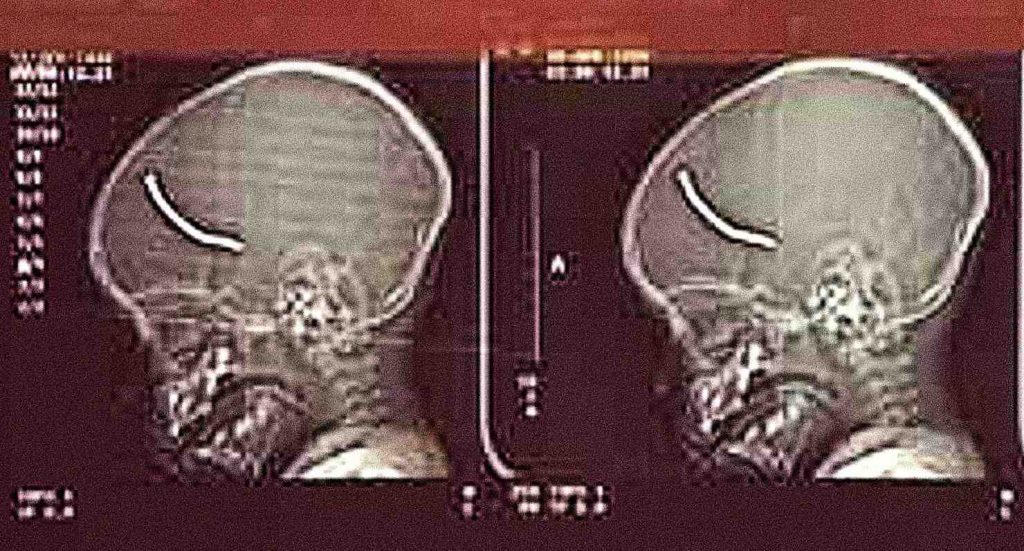
Fear rising
Another man close to ground zero, was Royal Mail worker Scott Terry who was inside the pub when the bomb exploded. He was thrown from the pub and landed on the street outside, with some parts of his body on fire. He was smothered by rescuers but he was also covered in blood, as 74 nails were embedded into his body.
Due to his injuries, sections of nine nails still remain embedded close to his spine to this day, as they are too dangerous to remove, with the fear they could cause massive nerve damage. Terry was induced into a coma for half-a-year. Many survivors of the bombings were left with not only physical scars but psychological ones too, with some developing severe mental health issues.
Two hours after the explosion, police received a phone call from the neo-Nazi White Wolves organisation who claimed responsibility for the attack. The White Wolves were linked to Combat 18 and were a group of white supremacists who once issued a blueprint of terror for attacks across London. By that time, police already knew Copeland was the suspect and were hunting him down.
Before they found him, the fear of attacks across London was getting worse. Many Jews, Chinese, and Irish communities shut down some of their businesses that night, with others stepping up security. It was suspected that synagogues might have been the location of the next attacks.
In the early hours of the following morning, police raided a house in the village of Cove, Hampshire, home to various rented rooms. One of the doors to a rented room opened and 22-year-old Copeland immediately told police he had carried out the three attacks.
He said, ‘Yeah, they were all down to me. I did them on my own.’ He even invited police into the room, where he showed them the wall beside his bed. Two Nazi flags were hanging on the wall, along with a collection of photographs and newspaper cutting about the bombings. He was arrested and taken into custody.
Mr. Angry
As the city of London recovered from the bombings, Copeland was charged with three counts of murder and three counts of causing an explosion in order to endanger life. Now they had the nail bomber in custody, the police searched for the reasons behind the attacks, and uncovered a veil of hatred, racism, and sadomasochism.
Copeland was born in 1976 to a working-class couple in the London Borough of Hanworth. By the time he was 12, Copeland feared he was homosexual because he believed his parents were subliminally sending him messages telling him to be gay. When he was a teenager, he began having dreams about keeping women as slaves.
His dreams turned into fantasies, and he began to believe he had been reincarnated as an SS officer, whose job was to turn women into slaves and use them any way he wanted. He left school and fell into various dead-end jobs, eventually blaming foreigners for taking the better jobs around him. Weirdly, the teachers at his school have no real recollection of him, which meant he was simply floating through unseen, withdrawn from social interactions.
In his late teens, he became involved in petty crime such as minor theft and began drinking heavily and taking drugs. His withdrawal from society, combined with a growing hatred of foreigners and the gay community, led to him earning the nickname ‘Mr. Angry.’
At the age of 21, in 1997, and with a hatred of the world growing within him, Copeland joined the British National Party (BNP). He became a steward at BNP meetings and became close with some of the more extreme members. At around the same time, he downloaded the ‘Terrorist’s Handbook’ from the burgeoning internet and learned how to make a bomb.
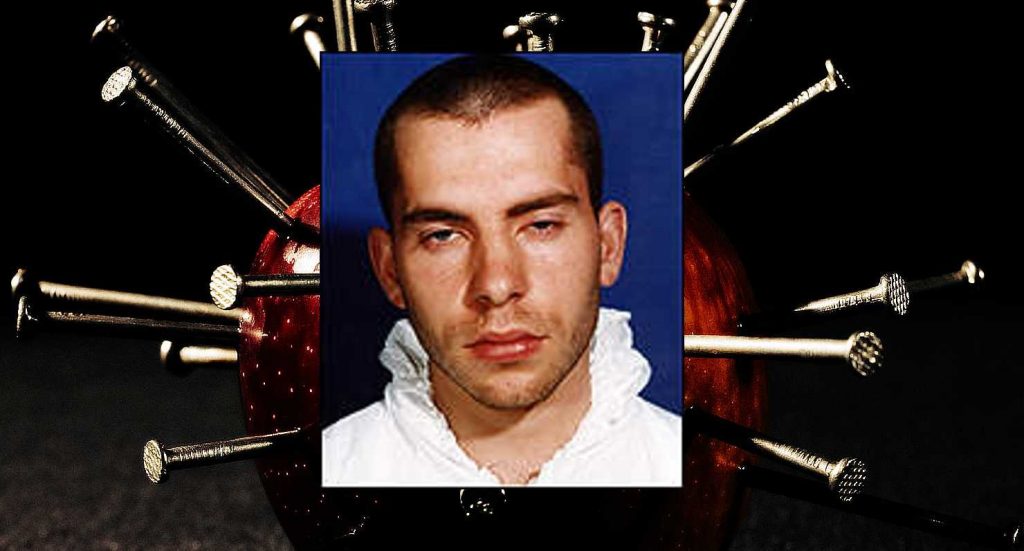
Set fire to the country
He left the BNP a year later, annoyed that the party wouldn’t take part in direct paramilitary action. He joined the National Socialist Movement, a British neo-Nazi group active during the late 1990s. A few weeks before the bombings, Copeland began to suffer from mental delusions, and so he visited his GP, telling him that he was losing his mind and grip on reality.
The doctor simply prescribed him with anti-depressants and sent him on his way, believing that mental health intervention was not necessary. If mental health services had intervened at that time, then lives could have been saved.
In interviews with police, Copeland spoke of his neo-Nazi views and that he had worked alone. He wanted to set fire to the country and stir up a racial war, believing that there would be a backlash from ethnic minorities causing white people to go to war with them. His aim was to spread fear, resentment, and hatred, under the belief of a master race of white people.
Copeland’s original target was going to be the Notting Hill Carnival but he decided on markets as he didn’t have to wait a year for the carnival to come around. Copeland was sent to Broadmoor Hospital where he was diagnosed with having paranoid schizophrenia by five psychiatrists.
When he went to court, the plea of guilty to manslaughter on the grounds of diminished responsibility was thrown out by the prosecution, and he was tried for murder.
On 30th June 2000, Copeland was found guilty of three counts of murder and three counts of causing an explosion in order to endanger life and was given six life sentences. In 2007, an order from the High Court was made to keep him in prison for at least fifty years.
He is currently due for release in 2049, aged 73, but will likely spend the rest of his life behind bars.
This and FOURTEEN other true crime stories and mysteries can be found in Orrible British True Crime Volume Four.
READ NEXT: The 2013 Boston Marathon Bombings: Rundown of the Facts
- What Happens to Cold Cases? The Intricacies and Unsolved Mysteries Explained

- 13 Facts You Need to Know About Levi Bellfield: The Bus Stop Stalker

- How Has Pathology Evolved Over Time? (History of True Crime)

- Trio Convicted of June 2022 Westminster Murder of Adnan Saleh

- How Did Forensic Science Evolve Through History? (History of True Crime)

I feel like there should be more killers who use the internet especially in today's world.
Thanks for this. Anymore podcast lists coming anytime soon??
Not just females.
[…] Not So Heavenly Creatures: The case of two teenage girls who fell in love, created their own religion, entered…
There's a lot more the Italian authorities are not releasing over this case. Makes you wonder the extent of the…

 T
T
13 Facts You Need to Know About Levi Bellfield: The Bus Stop Stalker
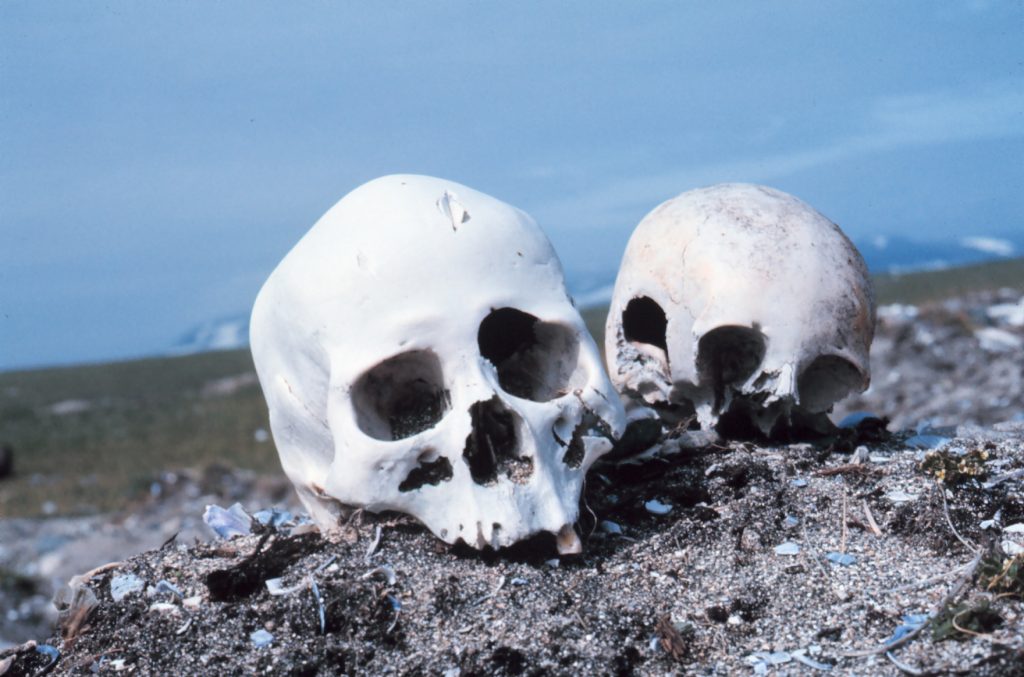
 T
T
How Has Pathology Evolved Over Time? (History of True Crime)

 T
T
Trio Convicted of June 2022 Westminster Murder of Adnan Saleh
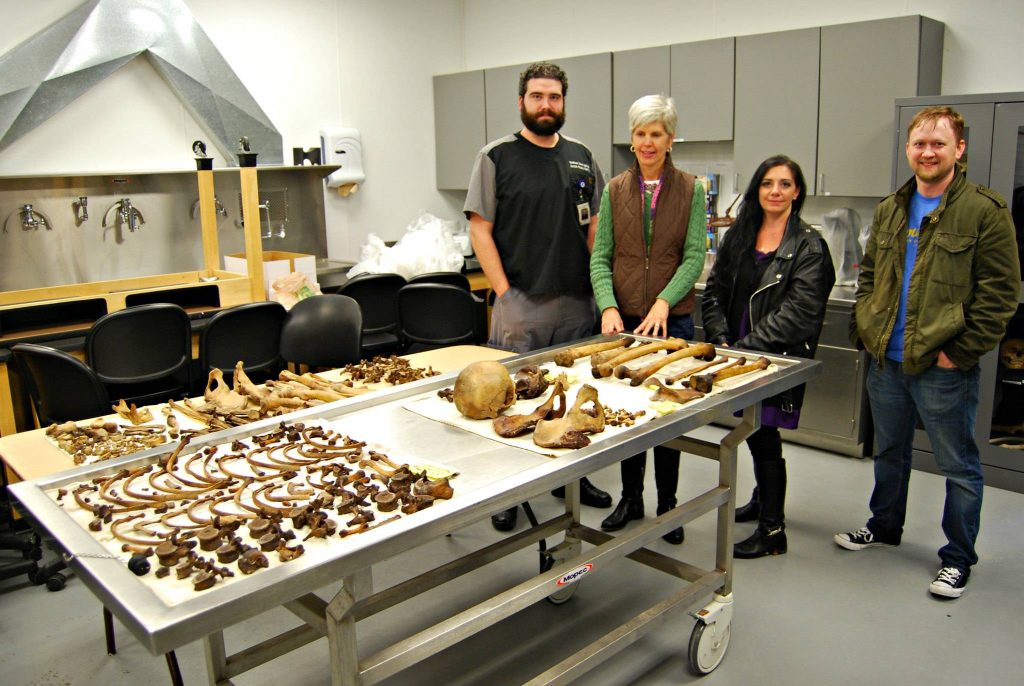
 T
T


